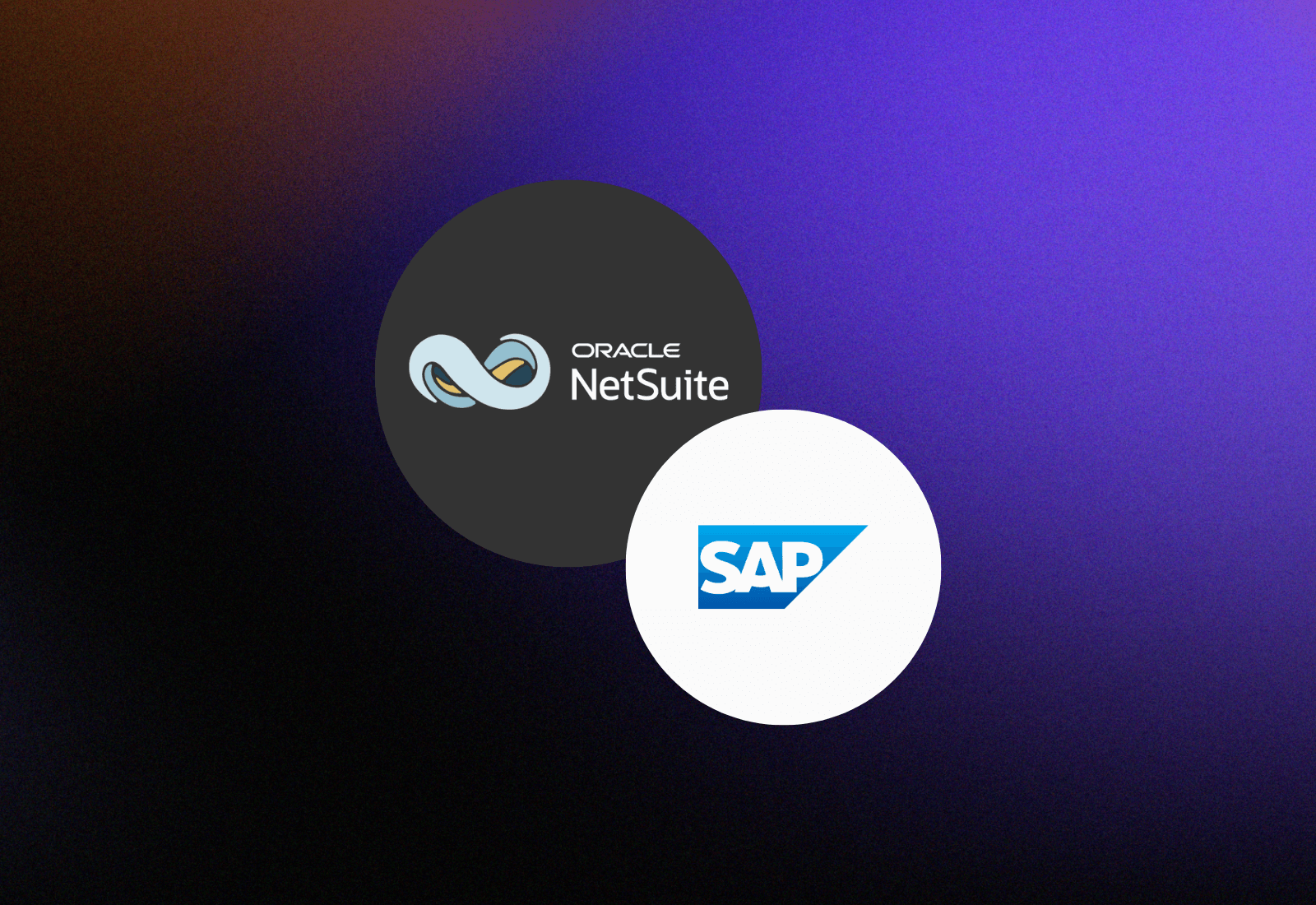Choosing the right ERP is a critical investment decision, and a long game. Of course, it’s a decision based on features. But it’s also about how your systems support change, keep pace with complexity and scale alongside your business. For many Australian and New Zealand businesses moving beyond Xero, MYOB or fragmented legacy systems, the choice sometimes comes down to two major software vendors – NetSuite and SAP.
Both offer ERP solutions designed to help businesses grow but they take very different approaches.
NetSuite delivers one unified cloud platform with all core functions built in. SAP, on the other hand, offers multiple ERP products:
- SAP Business One, built for small businesses, often deployed on-premises or hosted
- SAP Business ByDesign, a mid-market SaaS product now in maintenance mode
- SAP S/4HANA Cloud (Public Edition), a newer cloud ERP targeting larger mid-sized businesses
Each has different strengths, architectures and upgrade paths – which makes “SAP” a moving target depending on which version you choose. That complexity is one of the key differentiators NetSuite customers cite when making the switch.
So how do the platforms really compare?
One platform vs one portfolio
NetSuite is a single, unified cloud platform. SAP is a portfolio of multiple ERP systems, each built differently, maintained separately and aimed at different segments.
For growing businesses, this distinction matters.
NetSuite was designed from day one to bring finance, inventory, CRM, planning and eCommerce into one integrated system. That means fewer integrations to maintain, one source of truth for data and one clear upgrade path. SAP, in contrast, offers three main options in this space: Business One, Business ByDesign, and S/4HANA Cloud (Public Edition). Each has its own architecture, feature set and support model – which can lead to more complexity and uncertainty over time.
True cloud vs hosted legacy
NetSuite runs on a multi-tenant SaaS model – automatic upgrades, one global version, no local hosting providers. It’s modern cloud, in the truest sense.
SAP has made progress on cloud transformation, particularly with S/4HANA Cloud. But many of its products, including Business One, are still based on on-premises architecture, often hosted in private clouds or managed through third parties. That translates into more moving parts and more potential overhead for the customer.
Multi-entity, made easier
NetSuite excels in multi-subsidiary management. With NetSuite OneWorld, businesses can manage multiple entities, currencies, tax regimes and intercompany processes from a single account. Consolidations are automated. Local compliance is built in.
SAP can manage global operations too but typically with more configuration, often using separate instances for different entities. Group reporting tools and add-ons are frequently required to achieve what NetSuite offers natively.
Customisation with guardrails
NetSuite is highly customisable but in a way that’s built to scale. SuiteCloud tools like SuiteFlow and SuiteScript support tailored workflows, automation and reporting, while still preserving upgrade compatibility. In our experience at Annexa, this balance of flexibility and maintainability is one of the key reasons customers choose NetSuite.
SAP allows for deep customisation too, but the process can be slower and more costly often requiring partner-developed solutions, SAP’s Business Technology Platform, and tight constraints around approved APIs. This can make it harder to move fast or adapt as business needs evolve.
Implementation that fits the business
NetSuite’s SuiteSuccess methodology is a structured approach to implementation, using industry-specific best practices, pre-built dashboards and workflows to reduce risk and accelerate go-live. With the right partner, businesses can be live in months not years.
SAP implementations are often more complex. Business One and ByDesign rely entirely on third-party partners, while S/4HANA Cloud implementations can involve SAP, partners and external hosting providers. Timelines are typically longer, and cost predictability is lower.
Built-in reporting vs bolt on BI
NetSuite includes native reporting, dashboards and KPIs out of the box. No extra tools required. For example, SuiteAnalytics gives business users access to real-time insights across finance, sales, inventory and more, without waiting on IT.
SAP offers powerful analytics – particularly with SAP Analytics Cloud – but it often comes as a separate application, requiring additional setup and integration. For businesses without in-house data teams, that can be a very real barrier to everyday visibility.
A future-ready foundation
One of the biggest risks in ERP selection is betting on a platform that doesn’t evolve with you. SAP’s track record includes phasing out products like Business ByDesign and de-prioritising older versions of Business One. That can leave customers with the cost and disruption of a re-implementation sooner than expected.
NetSuite, by contrast, has maintained one core product for over 25 years. Every customer is on the same version. Every customer gets access to the latest functionality – AI tools, planning modules, analytics – at the same pace. It’s a platform designed to keep businesses moving forward, not starting over.
What is better – SAP or NetSuite?
SAP may still be the right choice for large enterprises with bespoke, highly engineered workflows and the budget and resources to support them. But for mid-sized and high-growth businesses looking for a modern, scalable ERP with fewer moving parts, NetSuite is often the more practical choice.
At Annexa, we work with businesses across Australia and New Zealand to assess their ERP readiness, model their growth path and implement NetSuite to fit the way they work. Whether you’re considering SAP or already feeling the strain of an aging ERP, we can help you explore what a cleaner, cloud-native future could look like. Get in touch >
